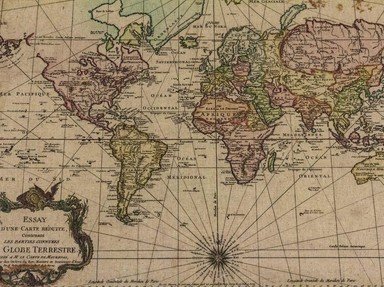
Who Ruled What? - Three-for-One Edition Quiz
Many countries in the world have changed hands a few times throughout history. Can you match each trio of present-day nations with the political entity they were ruled by at some point in the past?
This is a renovated/adopted version of an old quiz by author caimenking
A matching quiz
by LadyNym.
Estimated time: 3 mins.